
About the Author
Sidney E. Berger was the Ann C. Pingree Director of the Phillips Library at the Peabody Essex Museum of Salem; he is now the librarys director emeritus. For the last nearly 14 years, Dr. Berger has also been on the faculty of Simmons College and the University of Illinois, Urbana/Champaign, teaching rare book courses in both institutions library schools. He was also curator of printed books and then curator of manuscripts at the American Antiquarian Society in Worcester, Massachusetts, and headed the Special Collections Department at the University of California, Riverside. He is widely published in several fieldsmostly in literary, bibliographical, and library fieldsand his most recent book, Rare Books and Special Collections , won the 2015 ABC-CLIO/American Library Association award for the Best Book in Library Literature. He makes paper and casts type by hand, and he is the proprietor of the Doe Press, publishing short texts from handset type, printed on a handpress.
The Dictionary of the Book
Published by Rowman & Littlefield
A wholly owned subsidiary of The Rowman & Littlefield Publishing Group, Inc.
4501 Forbes Boulevard, Suite 200, Lanham, Maryland 20706
www.rowman.com
Unit A, Whitacre Mews, 26-34 Stannary Street, London SE11 4AB
Copyright 2016 by Rowman & Littlefield
All rights reserved . No part of this book may be reproduced in any form or by any electronic or mechanical means, including information storage and retrieval systems, without written permission from the publisher, except by a reviewer who may quote passages in a review.
British Library Cataloguing in Publication Information Available
Library of Congress Cataloging-in-Publication Data
Names: Berger, Sidney E., author.
Title: The dictionary of the book : a glossary for book collectors, booksellers, librarians, and others / Sidney E. Berger.
Description: Lanham : Rowman & Littlefield, [2016] | Includes bibliographical references and index.
Identifiers: LCCN 2016013533 (print) | LCCN 2016040274 (ebook) | ISBN 9781442263390 (cloth : alk. paper) | ISBN 9781442263406 (electronic)
Subjects: LCSH: BibliographyDictionaries. | Book industries and tradeDictionaries. | Book collectingDictionaries. | Library scienceDictionaries.
Classification: LCC Z1006 .B42 2016 (print) | LCC Z1006 (ebook) | DDC 002.03dc23 LC record available at https://lccn.loc.gov/2016013533
 The paper used in this publication meets the minimum requirements of American National Standard for Information SciencesPermanence of Paper for Printed Library Materials, ANSI/NISO Z39.48-1992.
The paper used in this publication meets the minimum requirements of American National Standard for Information SciencesPermanence of Paper for Printed Library Materials, ANSI/NISO Z39.48-1992.
Printed in the United States of America
To the memory of extraordinary Rafe, to the equally extraordinary and amazing Aaron, and the incomparable and perfect Michleall of whom contributed to this book in their own wondrous ways.
Foreword
All the talk in recent years about the shape and structure that information delivery devices we know as books will be taking in the decades to come has occasioned, in a curious sort of way, a renewed appreciation for material culture, with social scientists in particular paying close attention to the relationship between people and things and probing the various ways that objects become integral to the molding and interpretation of human events.
This freshly considered focus on materiality has gone well beyond the writing of professional articles and monographs to enter the realm of general discourse. A 100-part radio series and exhibition mounted jointly by the BBC and the British Museum in 2010, A History of the World in 100 Objects , was a critical success that drew enormous crowds and led to the publication of a highly successful book (Viking, 2010) edited by the museums director, Neil MacGregor. Especially noteworthy was the scholarly approach MacGregor took to integrate artifacts and analysis in a sweeping continuum that spanned 2 million years, from the introduction of the stone hand ax at the dawn of humanity to the development of solar-powered lamps and chargers in these early decades of the third millennium.
Not to be outdone by their London counterparts, the Smithsonian Institution in Washington, DC, followed three years later with A History of America in 101 Objects , curated by the noted cultural anthropologist Richard Kurin, whose day job is undersecretary for history, art, and culture at the Smithsonian. In his introduction to the exhibit catalog (Penguin, 2013), Kurin noted that while there is no way that a museum can re-create such pivotal historical events as the Civil War, a hand-drawn battle map of the time, a bullet or gunnery shelf, a uniform bearing evidence of wounds, and broken metal shackles are all objects that, having been present at the event depicted, can speak to the larger story. The parts stand for the whole.
Among the items he and his team of advisers chose to tell Americas story was the Model A7L Apollo space suit worn by Neil Armstrong when the pioneering astronaut first set foot on the moons surface in 1969a blend of cutting-edge technology and Old World craftsmanship, according to one former NASA scientistwith Julia Childs kitchen, Sitting Bulls ledger, Louis Armstrongs trumpet, Dorothys red ruby slippers, Cesar Chavezs union jacket, and the World War II bomber Enola Gay , which ushered in the nuclear age, comprising some of the others.
And the concept has been extended in other, more localized ways. A History of New York in 101 Objects (Simon & Schuster, 2013) showcased items chosen by Sam Roberts, urban affairs correspondent of the New York Times , that illumine the special character of the Big Apple; a work devoted specifically to the Civil War, The Civil War in 50 Objects (Penguin, 2013), featured artifacts drawn from the collections of the New York Historical Society, with text by Harold Holzer, and was issued to coincide with the 150th anniversary of the Battle of Gettysburg.
Especially pertinent to the subject at hand is A History of the Book in 100 Books (British Library, 2015), with an explicit emphasis on the physical book in all its accumulated glory. The authors, Roderick Cave and Sara Ayad, explained in their foreword the premise they followed in making their selections: We are by no means persuaded that the future form of the book will be entirely electronic; what is certain is that, over the past 10,000 plus years of history, humankind has developed ways of preserving and transmitting information which are deeply embedded in our subconsciousness.
A word that has been around for a while, according to the Oxford English Dictionary , but that is fairly new to my experience, especially as it is being used in this context realia defines materials from everyday life that are used as teaching aids and include such items as specimens, samples, relics, artifacts, souvenirs, and even models and dioramas. At Rare Book School, an independent institute located on the campus of the University of Virginia in Charlottesville to study the history, care, and use of written, printed, and digital materials, some twenty tons of bookmaking tools and printing paraphernalia of every descriptionbe they woodcuts, copperplate engravings, lithographic prints, hand-tooled bindings, blind-stamped cloth boards, marbled end sheets, or handmade and machine-made paperscreate a unique bibliographical laboratory for special collections librarians, collectors, postdoctoral scholars, archivists, academics, antiquarian booksellers, binders, conservators, fine-press printers, hand papermakers, and private collectorsanyone with an abiding passion for and interest in the book .
Next page

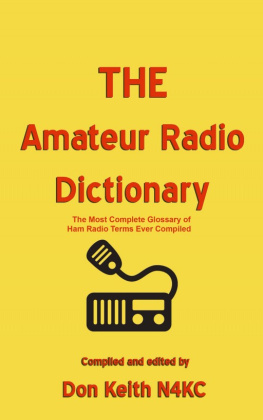

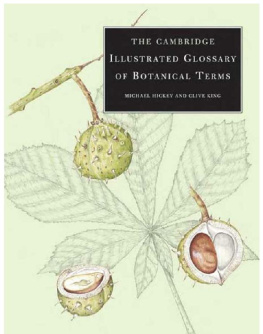
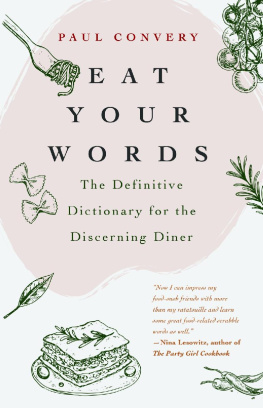

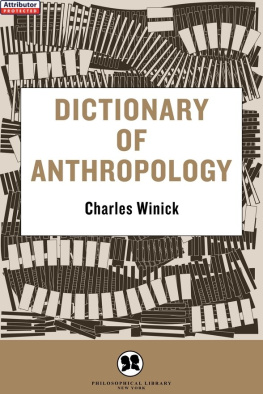
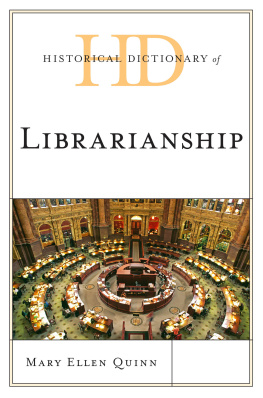
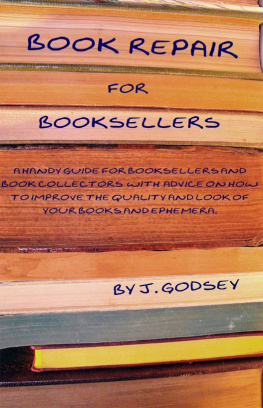
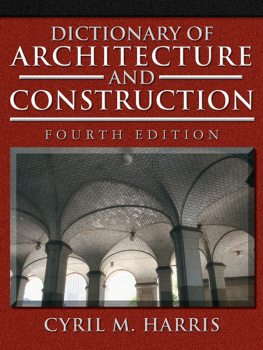
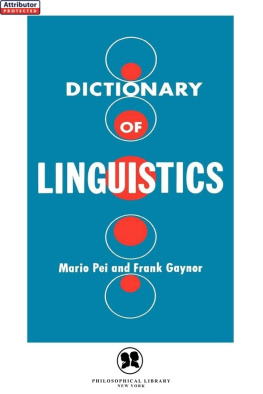
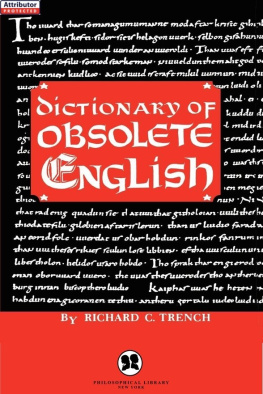

 The paper used in this publication meets the minimum requirements of American National Standard for Information SciencesPermanence of Paper for Printed Library Materials, ANSI/NISO Z39.48-1992.
The paper used in this publication meets the minimum requirements of American National Standard for Information SciencesPermanence of Paper for Printed Library Materials, ANSI/NISO Z39.48-1992.